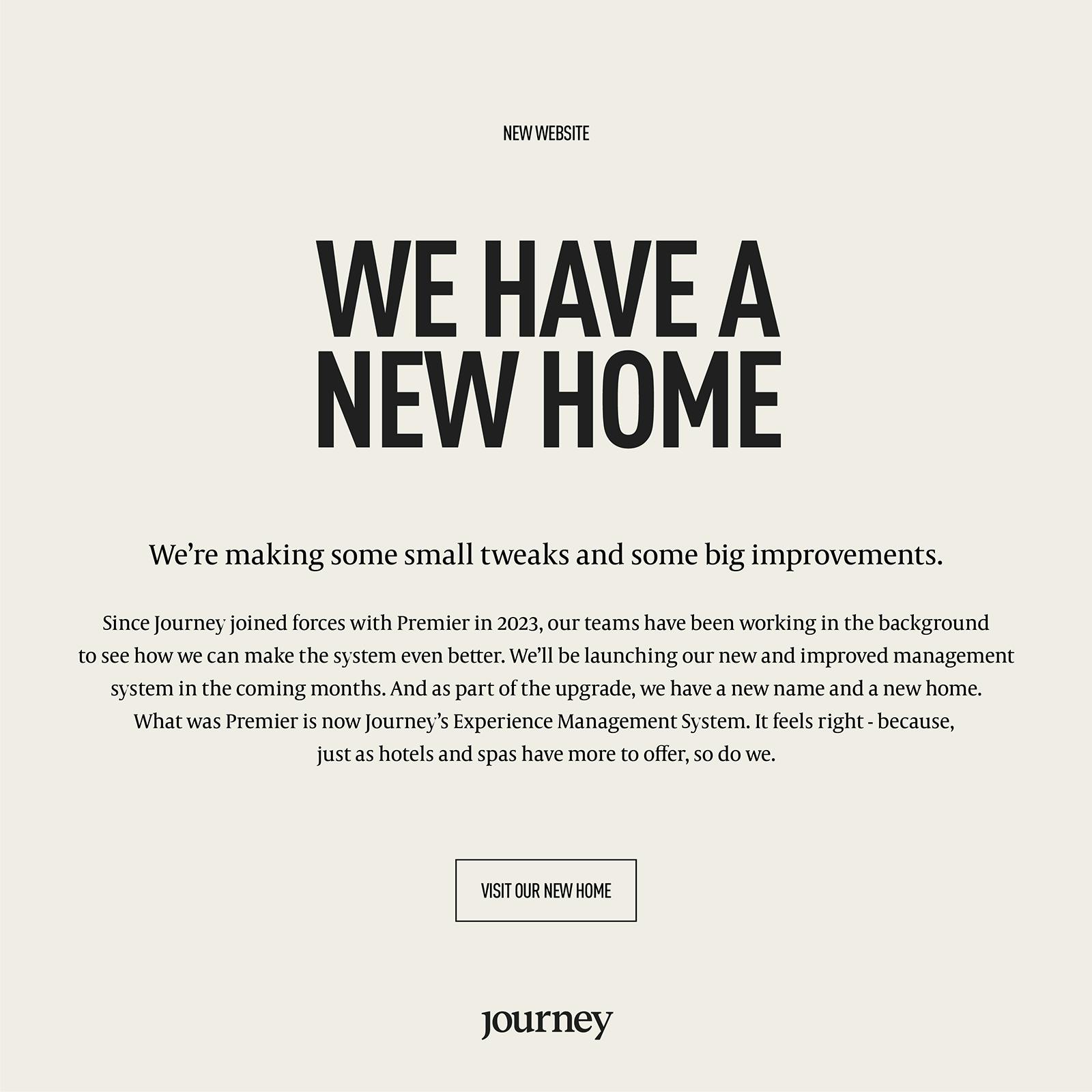Preparing a staffing plan during a global pandemic might sound like a challenge, but it is an important task nevertheless. By planning now, you will have time to think about potential eventualities before they occur. As with any good plan, it is good to start with an analysis of the business’s current position using key data. From there, you can decide what the necessary staffing route may be.
Analyse data
The first step in preparing a staffing plan should be deciding on business goals. By outlining what you want to achieve, you can decipher what employee resource is required. Next, review the current staff roster and what extra help you may need, if any. Consider what jobs there are to do, how long each job will take, what skillsets are required, if this task needs to be carried year-round, and how this information fits with the budget available. Taking this knowledge forward, you can decide whether retraining, recruiting or relieving staff of duties is the best avenue.
Retrain staff
Business growth and additional skill go hand in hand. Therefore, it is likely that preparing a staffing plan will highlight further skills required to reach your goals. With many employees on furlough and unemployment rates soaring, businesses are looking to retrain wherever possible to retain high-performing staff members. Not only will this show a level of care and opportunity for development, but it will also boost team morale.
Training does not affect furlough and can be undertaken at any point. Many suppliers and industry bodies regularly hold online webinars to help upskills staff. You can also host internal Zoom meetings where teams can share transferable skills to help support the business’s ever-changing demands.
Succession planning
Another way to retain best-performing team members is by considering them for promotion. By looking at succession planning ahead of time, you can ensure employees spend time sharing skills and retraining each other in advance. This will reduce the likelihood of losing a skillset once an employee has moved on.
Recruit new employees
If demand is extremely high, or a skillset is missing, recruitment could be an option. By preparing a staffing plan, you can determine where new roles could occur. This will help you create a timeline for filling the position and bringing that person up to speed.
Remember to consider whether the position is full-time, or if agency staff could provide support during peak periods. Giving the role full consideration and writing a thorough job description will avoid any confusion later down the line. You will also have more time to select the right candidate, rather than recruiting in a rush.
Throughout the pandemic, many have turned to holding interviews online via conferencing tools such as Zoom. This is likely to remain normal practice, even as we see restrictions lift, due to it saving businesses time and money.
Relieve of duty
If your initial analysis demonstrates an abundance of one skillset, it may be time to review each person’s performance. When the business reopens, you will need a team who are ready to hit the ground running. Unfortunately, if someone is not pulling their weight or willing to flex with business demands, it may be time to make redundancies. This decision never comes lightly. However, it is important to review if their role is viable in the future business plan.
You may want to consider preparing a staffing plan for the next five or 10 years, to give a good picture of where the business is heading. When accompanied by business management software like Core by Premier Software, you will have a complete view of how your business and team members are performing at any one time.
To find out more about how Core can help support your plan, book a free presentation today.

